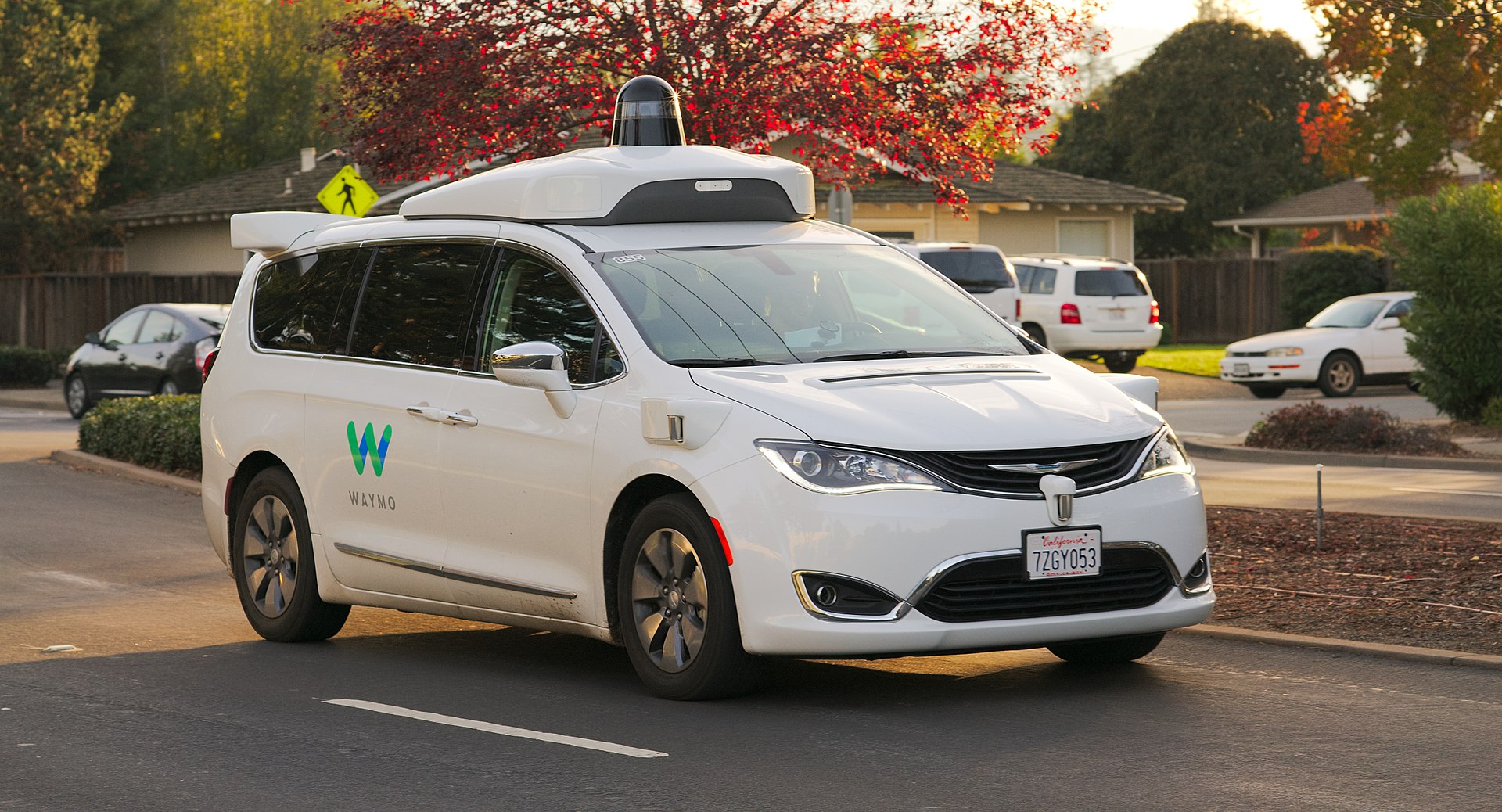In traffic, we seek eye contact. But what if an approaching ‘driver’ is reading a newspaper? Delft scientists explore autonomous cars’ effects on pedestrians’ behaviour.
An autonomous car undergoing testing in California (photo: Wikipedia)
We are in for a chaotic period. Automated vehicles (AVs) may reduce fatalities among pedestrians crossing the street in the long run by replacing error-prone drivers with reliable computers, but at first, as they slowly take over the streets, we will have to contend with a mixture of partially robotic cars, that may or may not be steered by a human of flesh and blood, and traditional cars.
What does this mean for pedestrians? Pedestrians may not know with which type of vehicle they are interacting, which can lead to stress and extremely caustious road crossing behaviour. It is also possible that pedestrians assume that AVs will always yield and this may incite them to adopt dangerous crossing behaviour.
A passenger with a joystick
To get more insight in the behaviour of pedestrians that encounter automated vehicles, Delft researchers set up a so-called Wizard of Oz experiment. In this setup, a fake ‘driver’ sat on the driver’s seat while the vehicle was driven by the passenger using a joystick. Would pedestrians’ behaviour towards this car differ from normal cars and drivers?
Scientists at the Transport and Planning department (Faculty of Civil Engineering and Geosciences) and SWOV, the Dutch Institute for Road Safety Research, used 26 students to test this on a section of closed road near the TU Delft campus. Their results were recently published in the journal Transportation Research.
Twenty scenarios were studied regarding vehicle conditions. These included a traditional vehicle; a ‘driver’ reading a newspaper; an inattentive driver in a vehicle with a ‘self-driving’ sign on the roof; an inattentive driver in a vehicle with ‘self-driving’ signs on the hood and door; and an attentive driver.
The critical gap
For safety reasons, the participants were not asked to actually cross the road. Instead, they were asked to register the critical gap, in other words, the gap below which they felt that they would not attempt to begin crossing the street anymore. The measurements were quite subjective.
“We didn’t find statistically significant differences,” says one of the authors, Sander van der Kint, to his regret. “We also collected self-reported levels of stress. These didn’t show statistically significant differences between the vehicle conditions either.” Van der Kint believes that the set up was not ideal. He and his colleagues want to repeat the research in a simulator to allow pedestrians to really cross the street – in a digital world that is.
Do you have a question or comment about this article?
tomas.vandijk@tudelft.nl


Comments are closed.